Eden Dodd is a Welsh born, transfeminine artist living and working in Glasgow.
Her practice focuses on the concept of ‘fractured states’; the space between planes of existence, of dichotomies and of the physical and ethereal states.
Dualities, reflections, and doubles are integral to her art.
Her multidisciplinary practice focuses predominantly in a form of sculpture that ‘blurs the lines between dimensions and/or states of being’.
But how has her dual identity impacted on her work and ultimately her sense of self?
St Andrews art exhibition explores conversations about dual identity
Eden is one of 13 artists whose work is featured in Crafted Selves: The Unfinished Conversation which runs at St Andrews Museum until February 24.
Showcasing artworks in contemporary art and craft, the exhibition takes its title from a continuing discourse between curator Cat Dunn and the 13 Scotland based artists featured.
The artists showcased all in some way carry a dual identity.
Many have a sense of their own self, born from having a cultural heritage which is both Scottish and one which is rooted in another cultural home.
The show also explores other dualisms and expressions of identity, including artists who express their, sexuality, disability, or trans and non-binary selves through their work.
“I am both Welsh, and a trans-woman,” said Eden, who received her undergraduate in Fine Art (BA (Hons) at Cardiff School of Art & Design, a PGCE at Cardiff University, and a postgraduate degree in Mlitt Fine Art Practice at Glasgow School of Art & Design.
“Being Welsh has had a markedly positive affect on my life due to the rich cultural history of my country, and the mythology held within acting as fertile inspiration for many of my artistic pursuits.
“My heritage as a working class artist has influenced me through the imagery of Welsh landscapes with industrial ruins acting as modern insert for the ruins of old.
“Each time I remember home I am influenced and informed through the connections present in my Celtic heritage, shared between my home and the country of Scotland, where I now reside.”
Impact on mental health
Eden added that as a trans woman, she feels a power in her ability to have transformed herself through her transition – “experiencing the gift of existing on ‘both sides of the lens of binary gender’.”
As a trans person, and specifically a trans woman, living in Britain, she is “bombarded” with transphobic arguments and hatred disguised as ‘concern’ and ‘gender criticality’.
This has affected her mental health and inability to access state-funded gender affirming care exponentially.
“I am happier due to my trans-identity,” she said.
“But others seek to harm or call into question my happiness out of ignorance, or a lack of empathy & understanding.
“Thus, my trans experience has become a double-edged sword, one that gives me power, identity, and happiness, but has thrust me into the centre of a culture war that rages on in most public media.
“Despite this, I continue on – my heritage has instilled me with a deep pride for the person I am, and allows me to flourish, despite this weight of prejudice.”
Korean-Scottish artist Joy Baek
Joy Baek is a Korean artist who primarily works with sculpture, performance, and a combination of both.
She was born and raised in Seoul, South Korea, and came to the UK about eight years ago to pursue her studies.
After completing her BA course at Chelsea College of Arts in London, she moved to Glasgow to further her studies at the Glasgow School of Art.
Since graduation in 2022, she has been presenting work in various venues in Glasgow.
Joy said: “I had never deeply considered the implications of being Korean, both on a personal and societal level.
“When I was in Korea, it didn’t occur to me to prefix ‘Korean’ before terms like feminism or other societal phenomena when they were topics of conversation.
“However, after moving to the UK, I gradually began to contextualize the concepts by specifying their geographical and spatial basis, such as Korean feminism, Korean elderly sex workers, and non-Korean labourers, among others.
“As time passed, I found that my identity as a Korean became more prominent.
“In the meanwhile, interestingly, I started encountering people who perceived me as closer to a foreigner.
“They observed that while my exterior had changed minimally, my mentality and attitude emanated unfamiliarity.”
Identity provides explanations and also raises more questions
Joy said her identity not only explains why she is interested in socio-cultural issues in Korea, but also why her artistic practice centres around them.
She said that simultaneously, it also raises questions.
“Why do I address the issues of Korean society while living in a place culturally and physically distant from Korea?” she said.
“Who are my target audiences here, and what do I aim to convey to them?
“What are the values of discussing Korean society in Glasgow or anywhere in the UK as a Korean who has been living in the UK for over eight years?
“I am a Korean woman, but there is more to me than this statement suggests.
“My experience of living in the UK has prompted me to contemplate the multiplicity of my identity.
“At this point in time, I see the entanglement of experiences, ethos, and customs from Korea and the UK, shaping the reality of who I am”.
Bajan-Scottish artist turned curator Cat Dunn
As a Bajan-Scottish artist turned curator, Cat Dunn brings her unique understanding of what it means to maintain a dual-identity, the challenges that can be faced as an artist of colour, as well as the strength it can bring.
Catt said having dual identity can be used to celebrate social identity, or it can be used as a platform to express and teach others what life can be like from another perspective.
“The artists each consider themselves to be Scottish,” said Cat, reflecting on the exhibition.
“This is where they live, work, and contribute to society.
“For some of them/us, however, there is the bonus of geographical heritage or birth, which influences our social identities, where we have a foot in a different geographical location and heritage.
“However, having a dual identity can burden us as we often face ethnic, racial, emotional, and systemic biases.
“Each artist looks at the world through their own eyes and also through the eyes as seen by society.
“The world is inevitably complicated.
“Our origins are composed of histories, pasts, memories, and places that are layered and stitched together.
“So, there is a fight to show that we belong to Scotland and are Scottish irrespective of having a passport, partner, wife, husband, family, friends, and home.
“We fight those resistant to foreigners claiming something that does not belong to them.
“We are still seen as ‘othered’.
“For everyone who has embraced the term dual-identity, we do so with pride as we prefer to embrace the term than have it used against us. Each artist becomes stronger.
“The artworks become more dynamic.
“There is true joy within the artworks, along with sorrow and pain.
“So, the works must have all of these elements to speak.”
What other artists are featured?
Featuring emerging and established artists and makers, the exhibition features works in sculpture, painting, ceramics, textiles, installation, moving image films and creative writing responses.
The selected artists are; Adil Iqbal, Alberta Whittle, Ashanti Harris, Eden Grant Dodd, Emelia Kerr Beale, Harvey Dimond, Joy Baek, Li Huang, Rae-Yen Song, Sara Pakdel Cherry, Sekai Machache, Tilda Williams Kelly and Viv Lee.
Each of the artists taking part in the exhibition use layered and complex elements of craft.
These create compositions that offer a unique iconography and hybridisation of references. Elements of historical and contemporary diverse cultures are evident.
For many of these artists their dual identity informs craft activity in their work such as Ashanti Harris’ use of mask making techniques from Caribbean Carnival culture or Adil Iqbal’s woven tapestries in collaboration with makers in Orkney and Pakistan.
Zimbabwean-Scottish artist Sekai Machache references the ancient indigo dyeing processes across West Africa in her art practice.
Hong Kong born Viv Lee’s unique sculptural ceramics are influenced by prehistoric cultures, modernist forms whilst working with wild Scottish clay harnessing the elemental beauty of her adopted homeland.
Chinese-Scottish artist Rae-Yen Song’s work explores dual identity from a non-human perspective, allowing the artist to incorporate fantasy and fabulation.
The result are puppets shaped according to the ancestral logics and imagined futures of Song’s Chinese family, which serves simultaneously as a spectacle, a memorial and a refuge.
Where and when to see the exhibition
Crafted Selves: The Unfinished Conversation is hosted by Fife Contemporary.
It runs until February 24 at St Andrews Museum, Kinburn Park , Doubledykes Road, St Andrews.
The exhibition then opens on March 23 at Kirkcaldy Galleries and runs until May 12 with plans for further touring later in 2024.
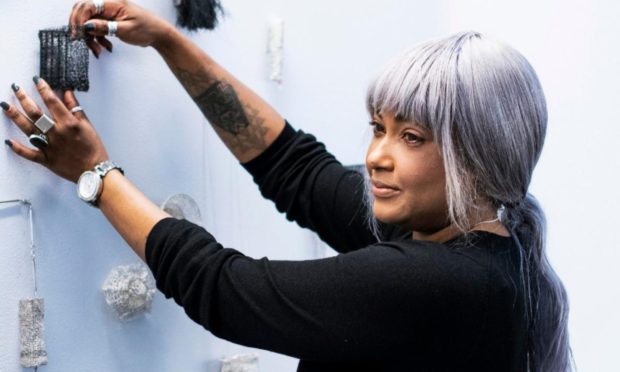





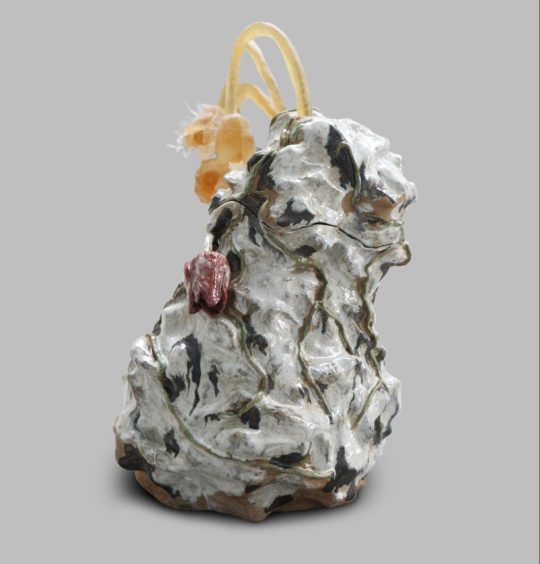




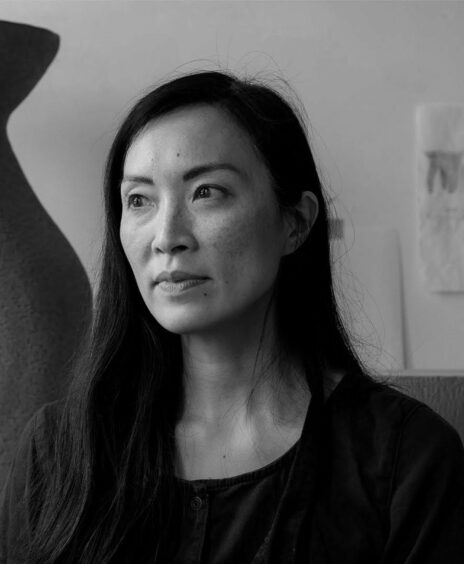

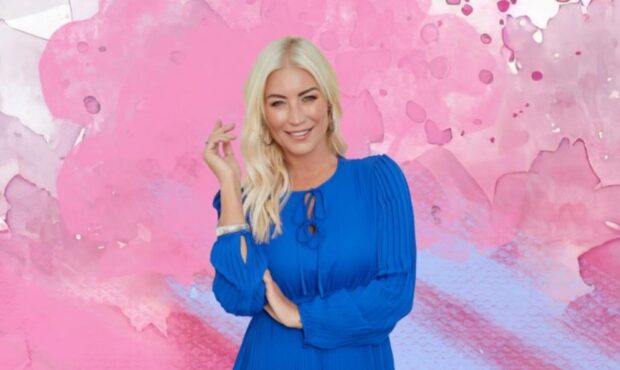
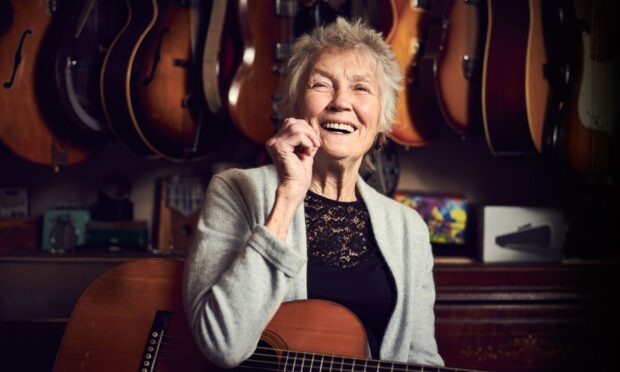
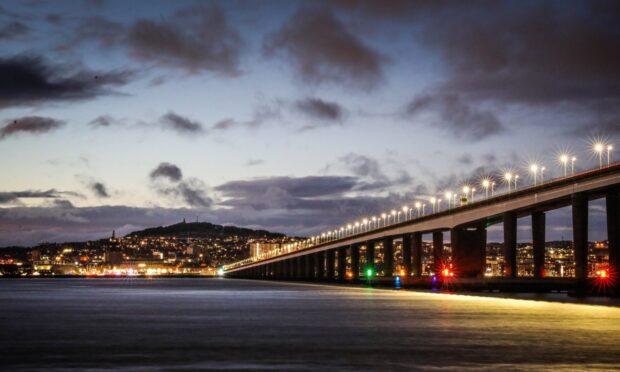
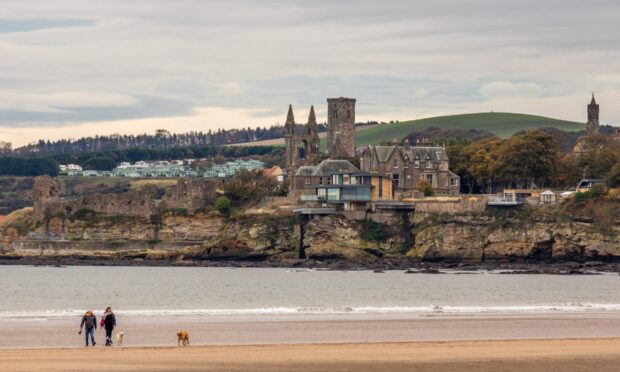
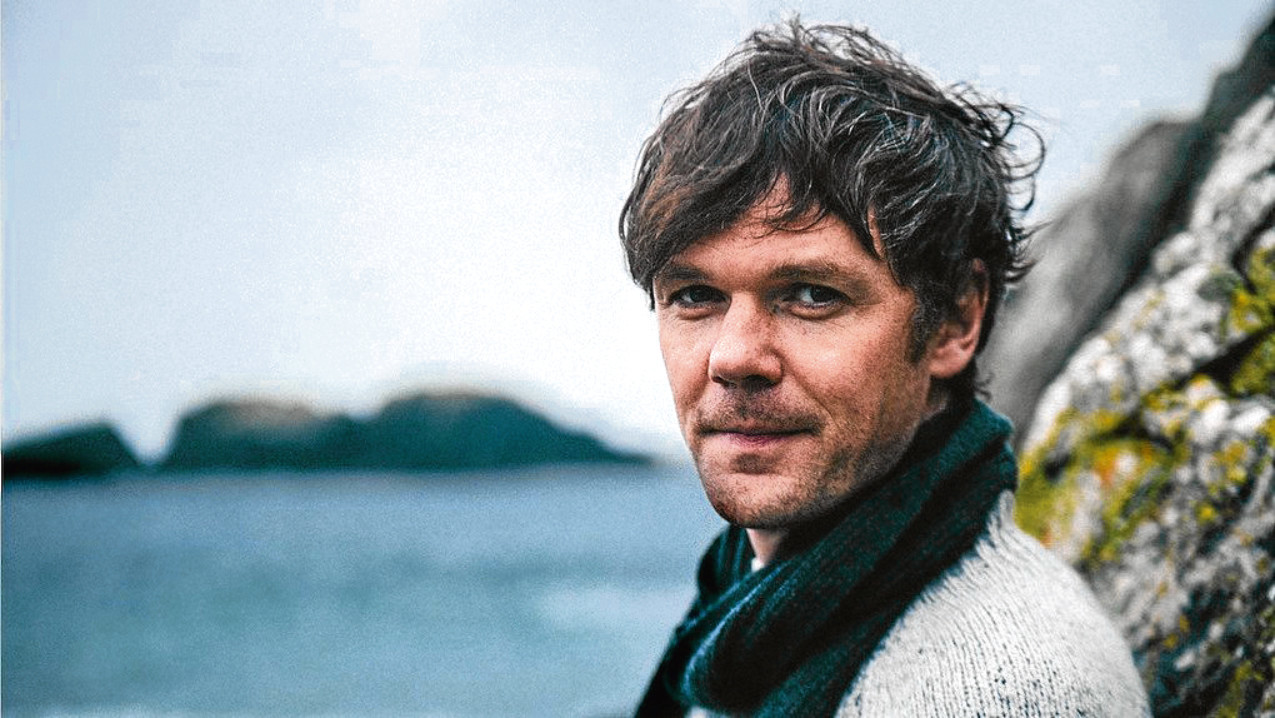


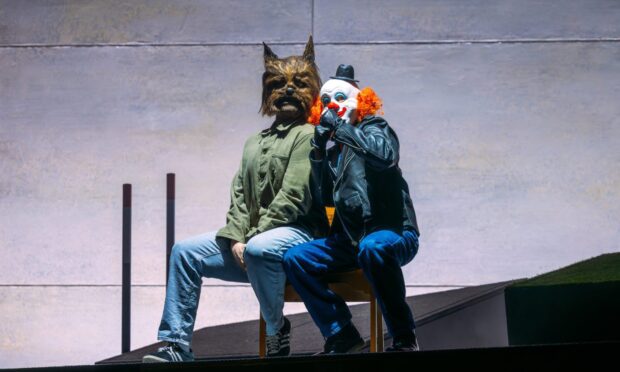
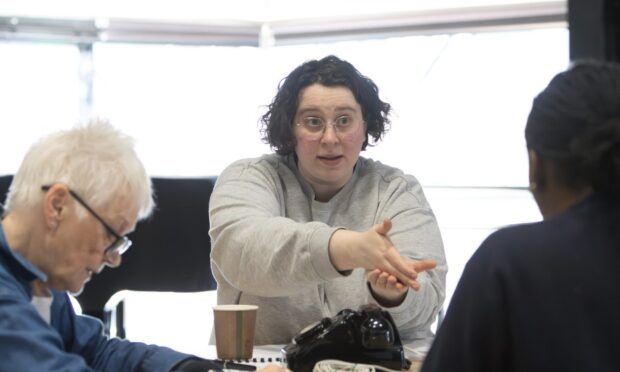
Conversation